They say that you will smell the city of Rotorua before you get there. The odour of sulphur, which strongly resembles rotten eggs, permeates throughout the city, and it is not easy to get used to. The geothermal activity and hot spring that spring from volcanic rock deep below the earth’s surface causes the smell. On the other hand, thanks to the springs, people established spas in here the past to help treat various illnesses. Come with us to check out this unique place located in New Zealand.
Rotorua is located on the North Island of New Zealand in the Bay of Plenty region. The first Europeans did not find this place until 1831 and discovered that the local hot springs had healing effects. Thanks to this, the first spa was created here. The name Rotorua comes from Maori and means “second lake” or “crater lake.” The city stands on the shores of a lake, formed in the middle of a volcanic crater.
If you are planning to travel to New Zealand, you have to rely on your own transport. Without a car, you can hardly visit any interesting place in New Zealand. It is also a bit more demanding about accommodation. Therefore, we recommend renting your car through Rentalcars. Check out our tips & tricks on renting a car. You can also rent a caravan, so you won’t have to look for places to lay your head every night, or sleep in a tent. In large cities, you can use cheap accommodation in hostels.
Spa and Wellness
The spa has a long tradition in Rotorua. The geothermal area was already known to the indigenous Maori. At the beginning of the 19th century, a Catholic priest, who was suffering from arthritis, came here. After bathing in the sour spring Waiariki, he felt immense relief. The news soon spread, and the place began welcoming more and more guests. To this day, only one spa building from this period has been preserved – the Rotorua Bath House. Although the city has about 60,000 permanent residents, millions of tourists visit it annually. Most of them are mostly New Zealanders. You can also visit the museum and the art gallery.
Two types of mineral water are used in the spa for health purposes. Rachel is alkaline, sulphur water that softens the skin, and Priest is acidic water, with a beneficial effect on joint diseases and rheumatism. In addition to beneficial baths, the spa also offers special Maori massages and home-grown herbal treatments.

If you need to know what to arrange before travelling to New Zealand, look at the list of things you should know before travelling to New Zealand.
Geothermal national parks around Rotorua
The area is full of geysers, lakes of bright colours, bubbling springs, strange plants and colourful birds. As you walk through the park, you will feel like you are on another planet. When visiting Rotorua, be sure to visit at least one of the national parks, as you will have a unique experience to remember for the rest of your life. We can tell you for sure that you will not see a similar place elsewhere.
All these national parks are certainly among the best places in New Zealand. See all 10 most beautiful places in Zealand.
1. Waimangu Volcanic Valley
This is a geothermally active valley, where you will walk through a unique ecosystem, created because of a huge volcanic eruption in 1886 that engulfed and destroyed the entire surrounding landscape. The whole area was covered with mud and volcanic ash, about 20 meters thick. Later, the landscape began to gradually change, and new soil began to settle and stabilize. The first geysers (the first was Waimangu) and surface hydrothermal activity started to form. Several other volcanic eruptions hit this area, and the last was in May 1981 in Raupo Crater.
A few years after the volcano erupted, various microorganisms began to settle in the area, which was able to adapt to local conditions. Algae and mosses grow here, which can withstand temperatures of up to 70 degrees and manage to survive in an extremely acidic environment. Algae and bacteria form dense carpets of vibrant shades of colour from blue-green, orange to yellow, depending on the amount of sulfur. So the Waimangu area enjoys not only geologists, volcanologists but also botanists interested in uniquely modified thermotolerant plants that inhabit zones with a high level of acidity and high temperature.
You shouldn’t miss visiting Frying Pan Lake, the largest hot spring in the world. The lake covers 38,000 square meters, and the water temperature reaches over 55 degrees. The lake was created in the Echo crater by filling the defunct Waimangu geyser with water. Sinter terraces are visible on the west bank of the lake, and thanks to the smoking rock in the northeast, it is clear that the crater is still very active.
Inferno Crater is filled with a striking pale blue lake, the acidity reaching an incredible 2.2 ph. The lake is up to 30 meters deep, and there’s a huge geyser at its bottom. Due to its location, it is not easy to see; however, volcanic gas leaks can be observed on the lake’s shores.
2. Wai-O-Tapu
Probably the most colourful range of microorganisms is 27 km south of Rotorua, and you won’t see it anywhere else. The whole area of Wai-O-Tapu covers an area of 18 km2 and is full of hot springs. The most famous geothermal element is the Artist’s Palette. It is a hot spring, which was also created by an eruption. It reaches 270 oC under the surface. It got its name from various bacteria that cause specific colouration on the surface of the spring. Deep yellow colour changes with blue, orange creates an unexpected palette of different shades of colour in one place. Scientists have very carefully studied the composition of the spring, and they have discovered several new species of bacteria.
Be sure to also visit the tourist-favourite Lady Knox Geyser. The geyser explodes every day at exactly 10:15, thanks to the park rangers, who add a bit of soap to the hole. That creates a chemical reaction and the geyser erupts to a height of 20 meters.
Primrose Terrace and bubbling mud pools can also be seen in the park.
3. Te Puia
Te Puia is only minutes away from Rotorua city centre. There is the famous Pōhutu Geyser, boiling mud pools and the new Kiwi Conservation Center. Pōhutu Geyser is one of the largest geysers in the Southern Hemisphere and reaches heights of up to 30 meters. The geyser had been active even for 250 days in a row before drilling in the area began to penetrate geothermal resources. Nowadays, it boils twice an hour.
There are other geysers in the area, such as Papakura and Te Hora. Lake Ngāraratuatara is interesting. In the past, the area was used for cooking, washing and bathing. The original inhabitants, the Maori, used hot springs to prepare food. Ingo is a way of cooking where flax baskets full of fresh food are immersed in boiling water. Geothermal heat gives the food a great taste.
In the new Kiwi Conservation Center, you can observe unique New Zealand endemics animals – mainly Kiwi birds. The Kiwi is a nocturnal bird and is very shy; you have very little chance to see it in nature. Visitors can see the Kiwi with the help of special red lighting, which does not disturb the birds in their nocturnal biorhythm. The centre also cares for sick or injured animals.

Maori Culture Centre
The main centre of Maori culture is Rotorua. The Maori, the original inhabitants of New Zealand from Polynesia, were able to maintain their customs and traditions despite European settlements. The Maori came to New Zealand sometime around the year 100. With no native mammals living on the islands, it was hard to get anything to eat. However, New Zealand is inhabited by various species of birds, and the target of the Maori was the flightless Moa bird, which could be likened to an ostrich in appearance. However, there was mass hunting, and the Moa was soon exterminated. This is probably why the Maori are sometimes called “people of the Moa.”
Abel Tasman did not discover New Zealand for Europeans until 1642. The colonization itself did not occur until two centuries later because no one was interested in pursuing the territory. The Maori lived a simple way of life, using only wooden and stone tools to work and fight. Once the Europeans reached the island and began actively settling it, the Maori got their weapons for the first time. Thus, began the long period of the Maori wars, and they fought mostly among themselves. The tribes that got to the weapons faster had a huge advantage and began to kill the others. Europeans, meanwhile, were gaining dominance, both population and culture. When the Maori realized that they should unite and fight the colonizers, they were already in the overwhelming minority. In 1840, the Maori represented 12% of New Zealand’s total population and had no chance against Europeans.
Centres are currently being set up in New Zealand to preserve Maori culture for generations to come. There is a teaching of carving, making jewellery from bones and stones, or tourists are tattooed with typical Maori characters. Tourism significantly helps to maintain their culture – the Maori organizes numerous performances for tourists, where they present their ancient way of life and dance the typical Haka dance.
Have you been to the smelly city of Rotorua in New Zealand? If so, let us know what activities you enjoyed the most!

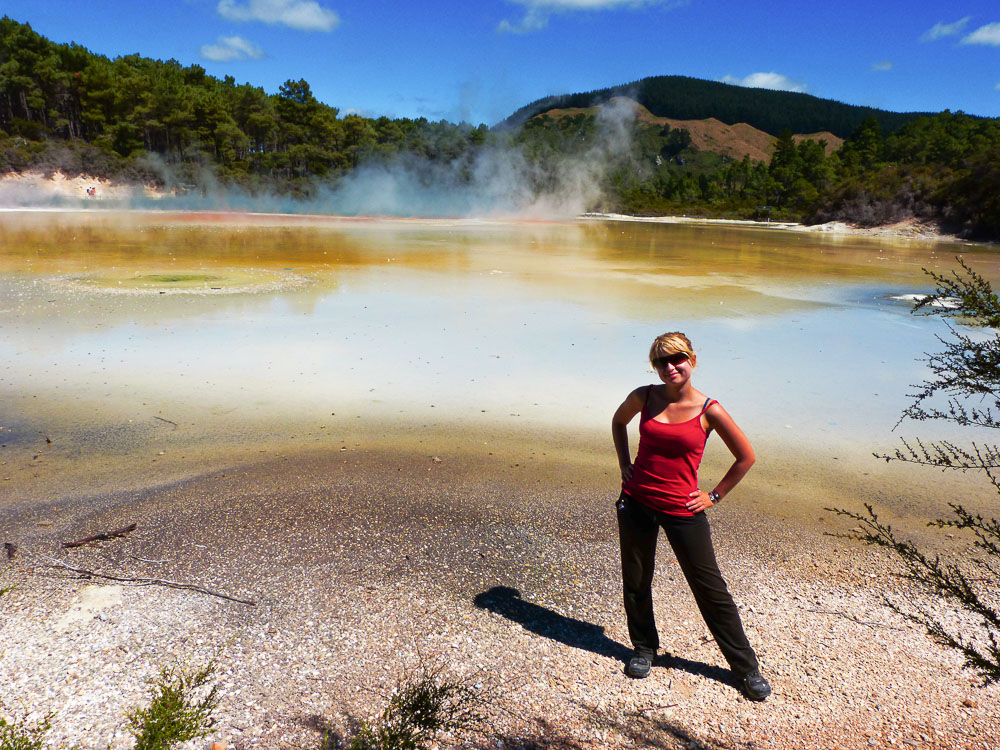

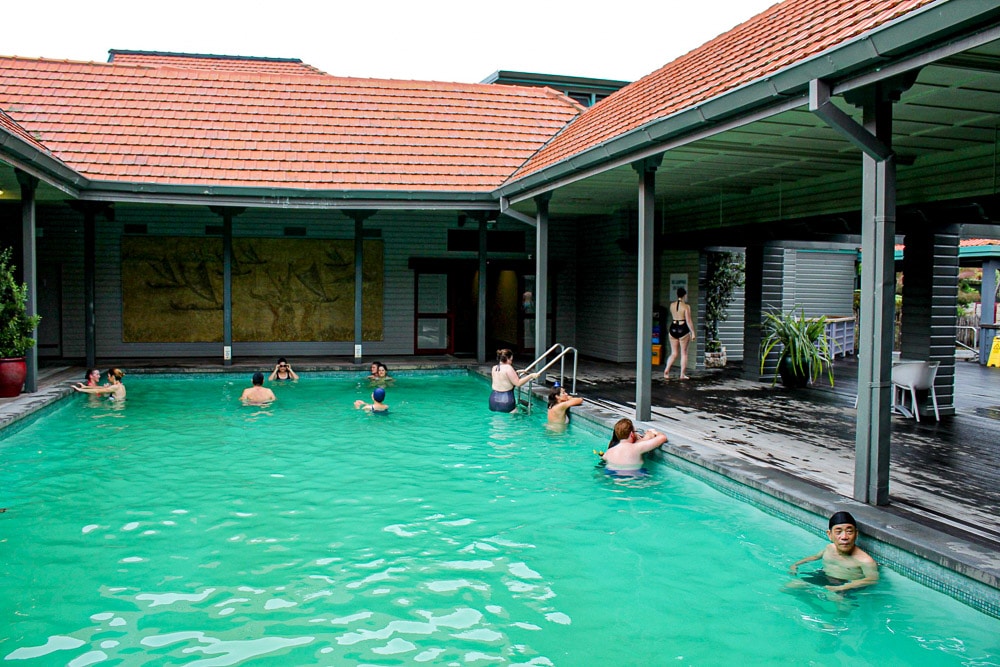
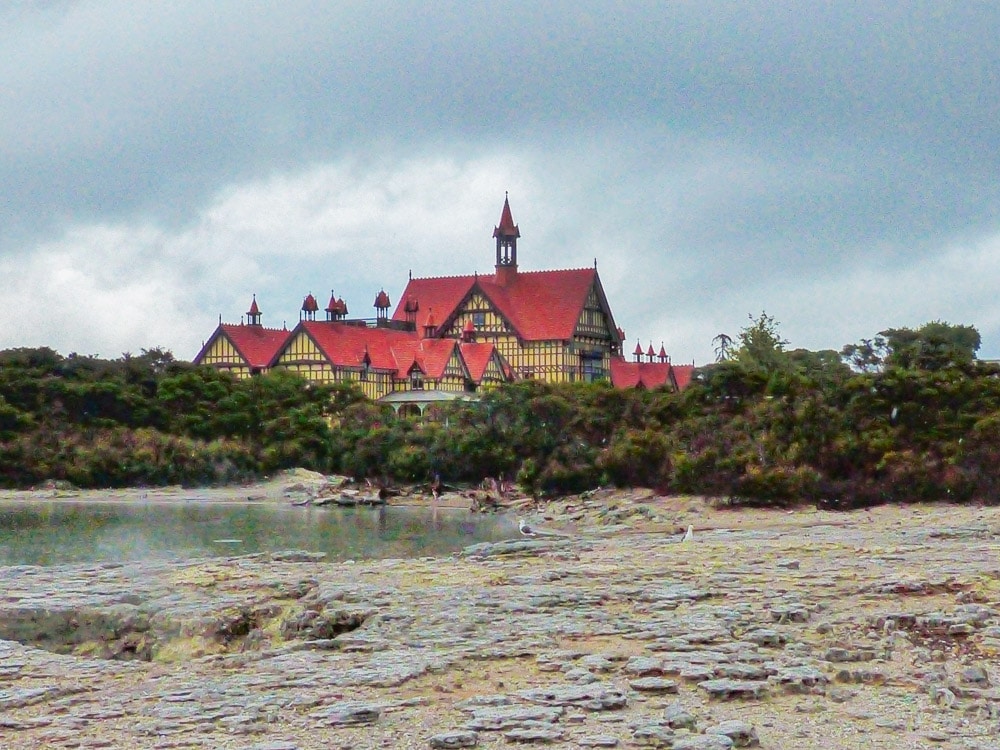

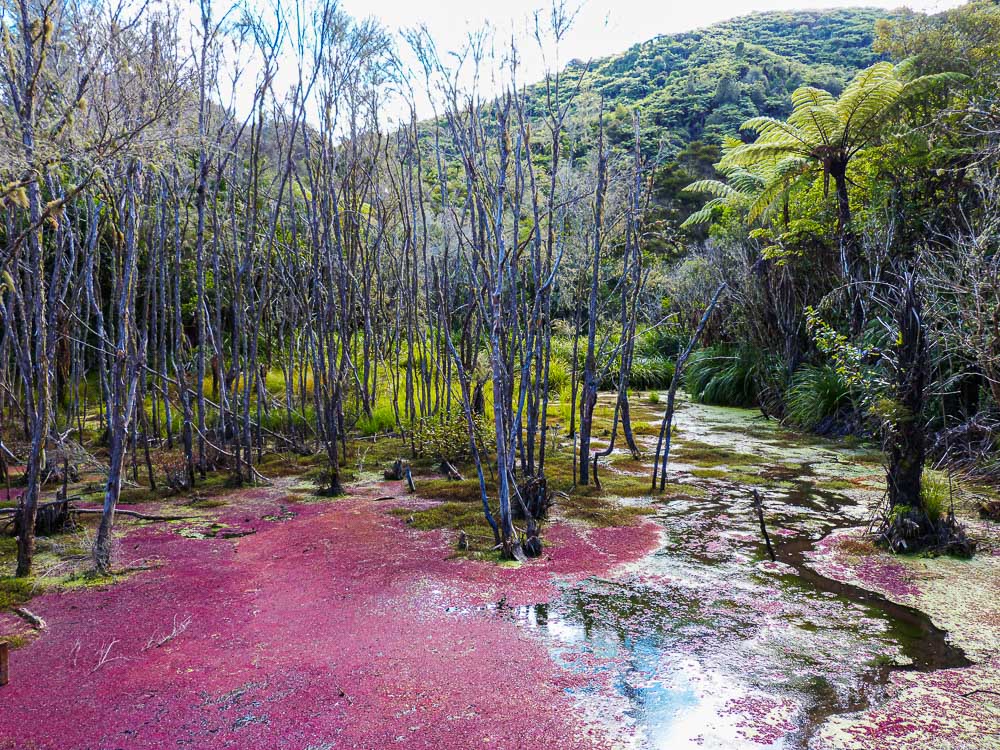

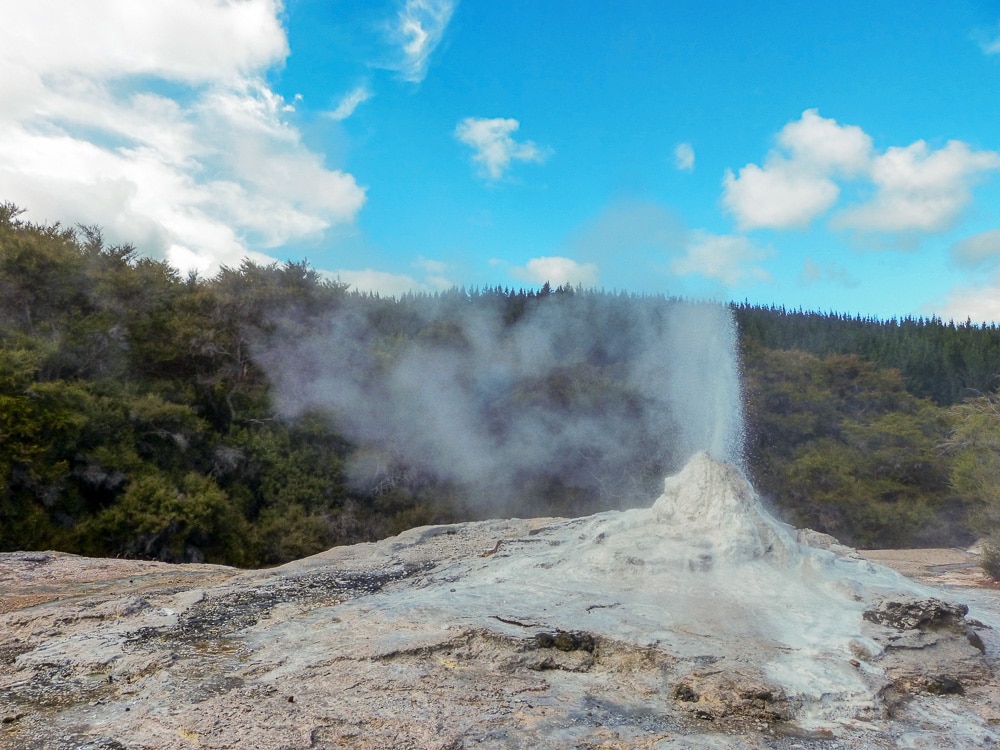
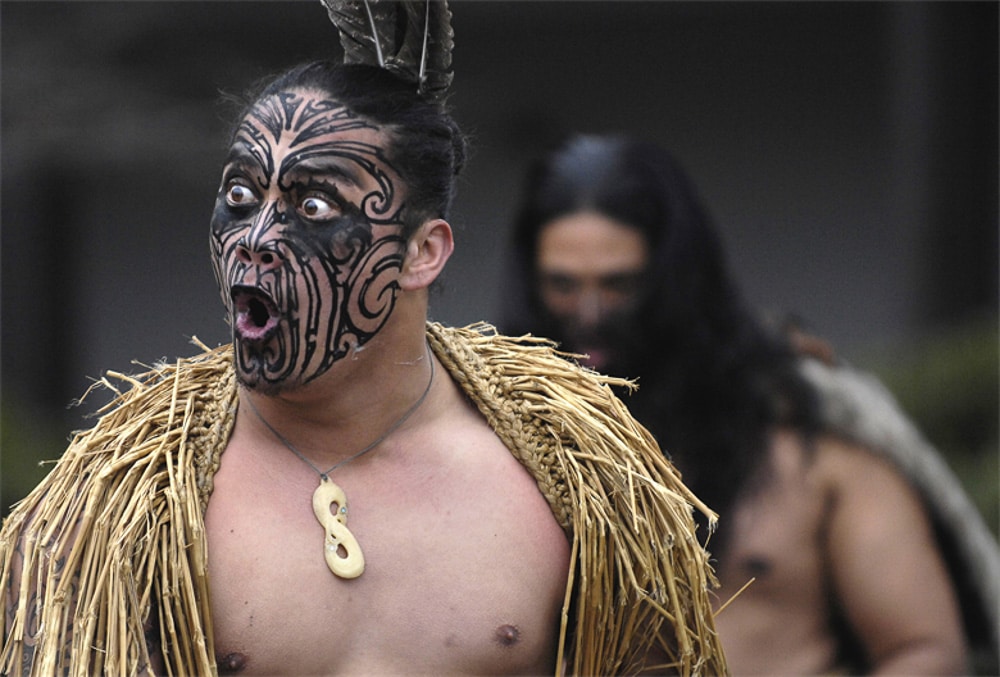

Leave A Comment